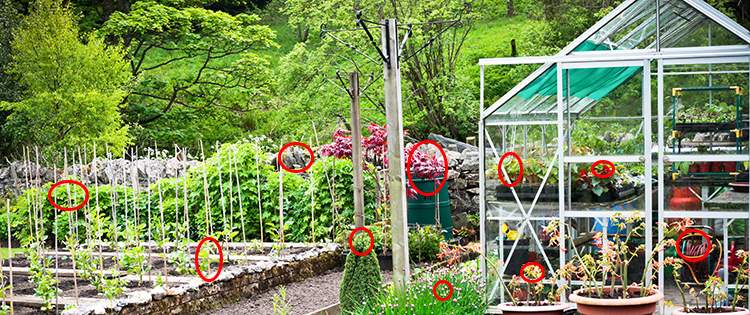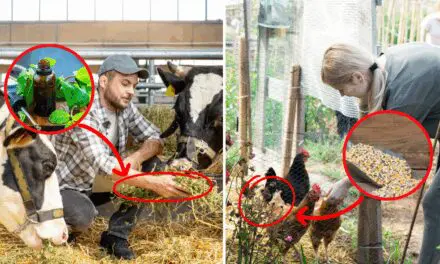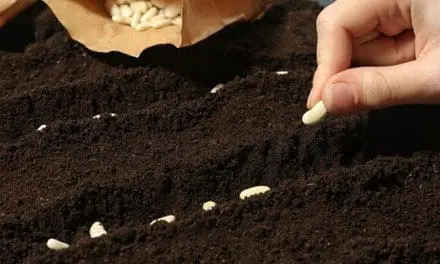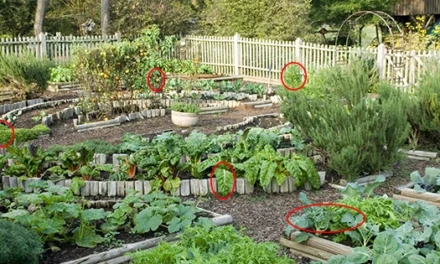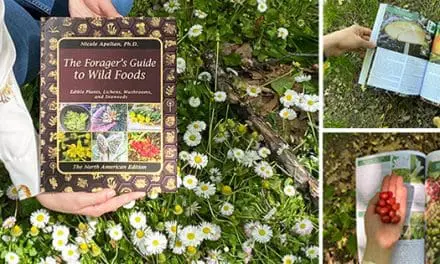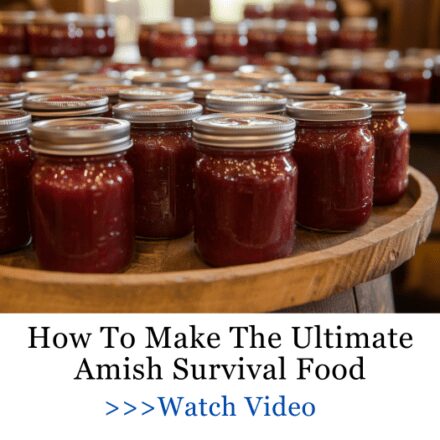Growing your own herbs is a fun and easy way to ensure you have everything you need to add an extra hit of flavor to your dishes. Every cook knows the best time to go to the store and purchase the freshest herbs. But if you want to redefine fresh, there’s nothing quite like growing your own. Here is a list of 10 cooking herbs you should grow in your garden.
You can cut them directly off the plant right when you need them, which means you’ll never need to worry about parsley, or basil getting brittle and dried out before you’ve had the chance to use them. Plus, homegrown is a lot cheaper and more convenient. Here is a list of 10 cooking herbs you should grow in your garden.
10 Cooking Herbs You Should Grow In Your Garden
1. Fennel
Fennel is one of the cooking herbs you should grow in your garden. It thrives in well-drained, rich soil with full sun. Water it once or twice a week, especially during dry seasons. Growing fennel is easy, as it’s a hardy plant that lasts well even after the first frost. While fennel is often called a herb, it’s also a popular European vegetable.
This versatile herb, closely related to parsley, is essential for Mediterranean and Italian recipes. Known as Finuccio or Florence Fennel, it’s a must-have for any herb garden. You can plant fennel in your vegetable garden or at the back of your yard, as it can grow between three to four feet tall.
Fennel also provides impressive health benefits. Packed with fiber, it helps lower high cholesterol and reduces the risk of heart disease. Additionally, studies suggest it may help protect against chronic conditions such as cancer.
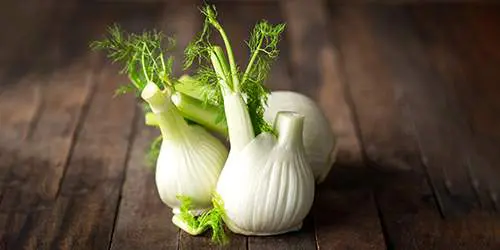
2. Parsley
When thinking about cooking herbs you should grow, parsley stands out as a must-have. It’s packed with vitamins C and A and supports a healthy digestive system. While typically grown as an annual, parsley stays evergreen in milder climates during winter. Its slightly bitter flavor makes it an excellent balancing ingredient for stews and soups.
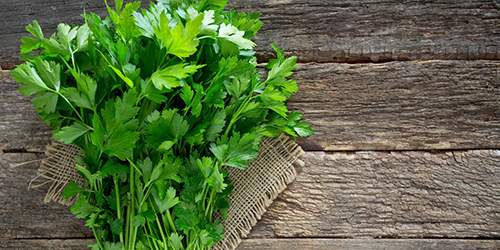
3. Sage
This wonderful cooking ingredient is easy to grow. The herb doesn’t take too well to wet soil, so you would need to plant it in a sunny area with fertile, and slightly dry soil. Sage comes in different varieties such as tricolor garden sage, golden sage, ornamental purple sage, and berggarten sage.
It is an evergreen plant so once they are grown, you can pick the leaves at any time of the year. You can protect the plant during the winter months by covering it with a horticultural fleece.
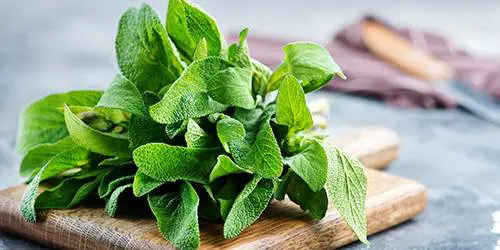
4. Mint
From a traditional sauce for new potatoes and roast lamb to a refreshing tea, mint is one of the most efficient culinary herbs. Grow mint in well-drained but moist soil in partial to full shade. It is advised that you grow mint in a pot because, like apple mint, it can invade other plants when planted in the ground.
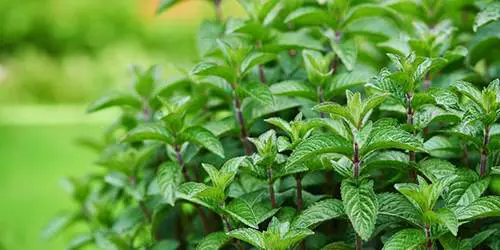
5. Basil
This Indian herb is a key ingredient in Mediterranean classics and summer salads. It’s a tender annual so you can only grow it outside during the summertime. You will need to take the plant inside when it starts getting cold. It is important that the plant gets as much light and warmth as possible, and that it is planted in fertile soil.
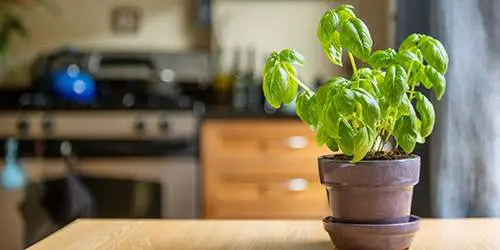
6. Thyme
This delicate-looking plant pairs well with vegetable, bean, and egg dishes. It also gives tomatoes, poultry, and lamb a wonderful flavor. The herb is often used in Provencal French, Italian and Mediterranean cuisines. Despite their differences in taste, thyme belongs to the mint family.
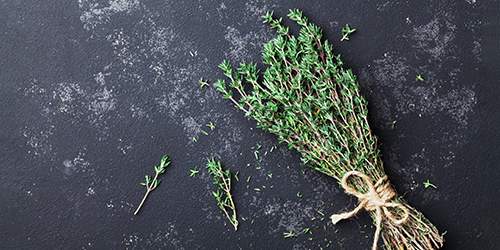
7. Apple Mint
When considering cooking herbs you should grow, apple mint is an excellent choice despite its invasive nature. Also known as round-leafed mint, woolly mint, or pineapple mint, it belongs to the same family as other popular herbs like catnip, oregano, sage, rosemary, and basil.
This versatile herb offers numerous benefits, such as helping with epileptic seizures, fatigue, travel sickness, asthma, colds, flu, cramps, colic, acne, and digestive issues. To manage its invasive growth, plant apple mint in a container and bury it in rich, well-drained soil. The herb thrives in part sun and part shade, making it an easy addition to any herb garden.
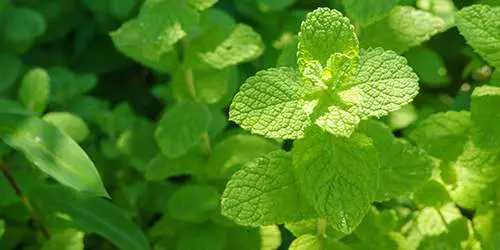
8. Chives
Chives are a very low-maintenance plant, as long as they are in direct sunlight for four to five hours a day, they will grow just fine. These herbs go well in omelets, soups, and potato salads, they have a bit of an onion flavor to really give your dishes an extra kick.
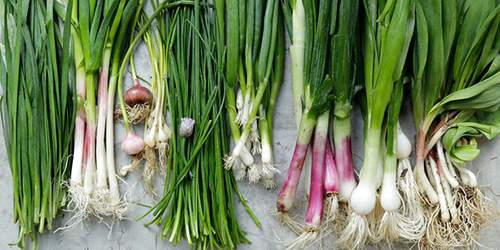
9. Rosemary
Rosemary has a very strong but pleasant flavor, it is good for adding to ingredients such as vegetables, meats, and poultry. The herb prefers to be planted in soil that is slightly dry, so be mindful of this when you are watering the plant. When left to flourish, the rosemary plant will mature into a full-sized bush.
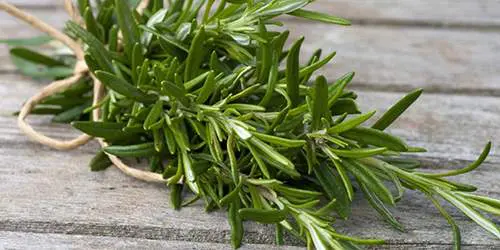
10. Oregano
When looking for cooking herbs you should grow, oregano is an excellent choice. This hardy herb thrives in sunny, warm spots and prefers light, well-drained soils. Fertilize the soil moderately when first planted, but no additional compost or fertilizing is needed afterward. Much like chives, oregano is easy to grow, making it ideal for first-time gardeners.
Known as “The joy of the mountain” by the Greeks, oregano offers both culinary and decorative benefits. Its flavorful leaves enhance dishes, while its beautiful pink flowers add charm to your yard. Although oregano thrives in warm climates, it’s a strong perennial that grows all year round. Additionally, the flavor intensifies with full-day sun exposure, making it one of the best cooking herbs you should grow for your garden.
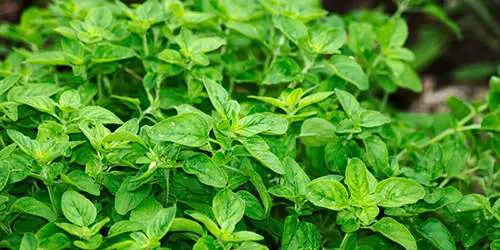
Not only do herbs give a rich and indulgent flavor to your foods, but they are also low-calorie and vitamin and nutrient-dense. I refer to these plants as “mighty little warriors,” they are tiny but packed with minerals, vitamins, essential oils, dietary fibers, anti-inflammatory, and anti-bacterial properties.
Not only will there be a noticeable improvement in the quality of your meals, but you will also reap innumerable health benefits.
You may also like:
How to Prepare Your Homestead In Case Of a Natural Disaster 
The Natural Painkiller that Grows in Your Backyard (Video)
Is It Legal To Harvest Rainwater In Your State?
Best Dog Breeds For Homesteaders
How to Use the Whole Animal (Whether You Raise Your Own or Buy It)

